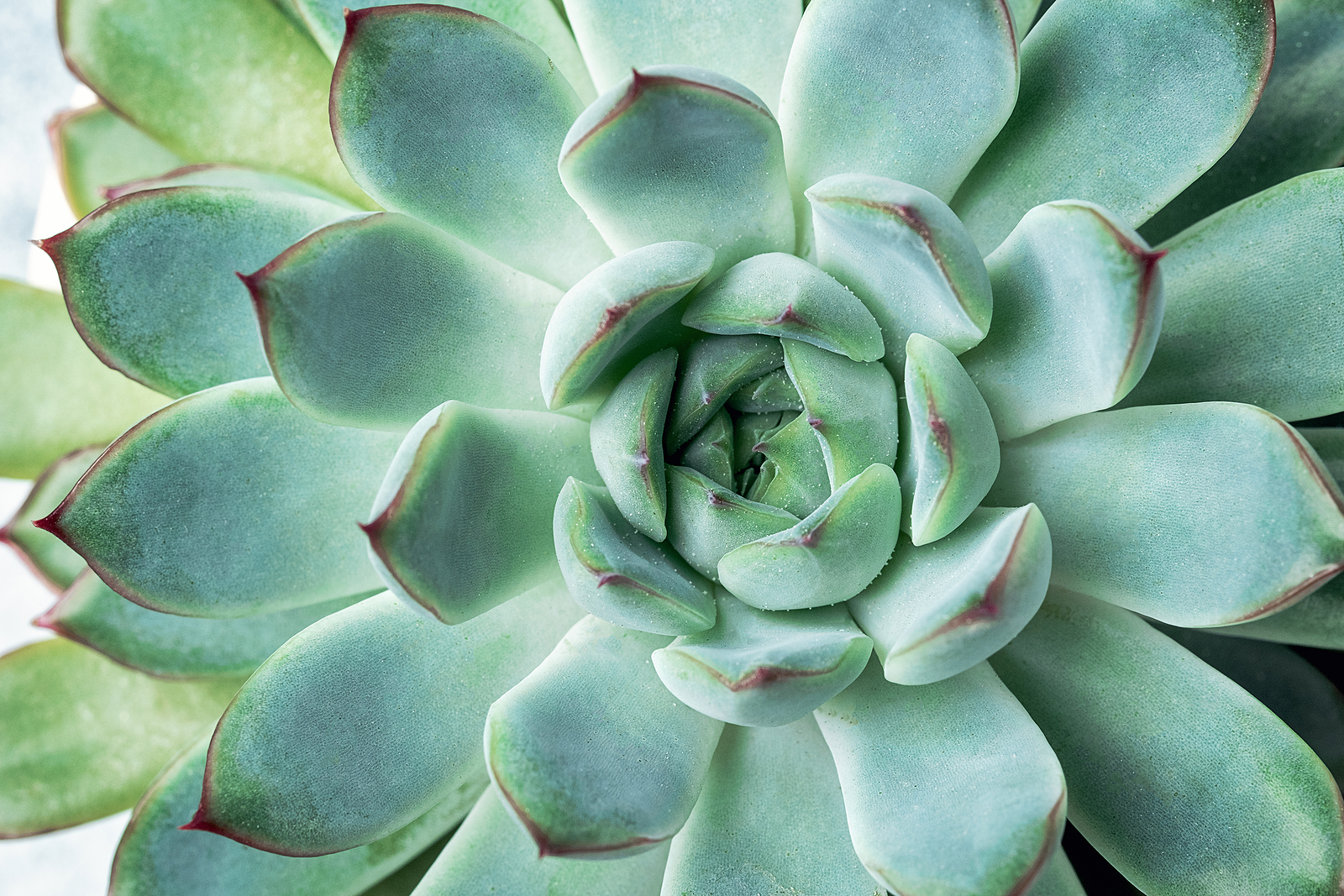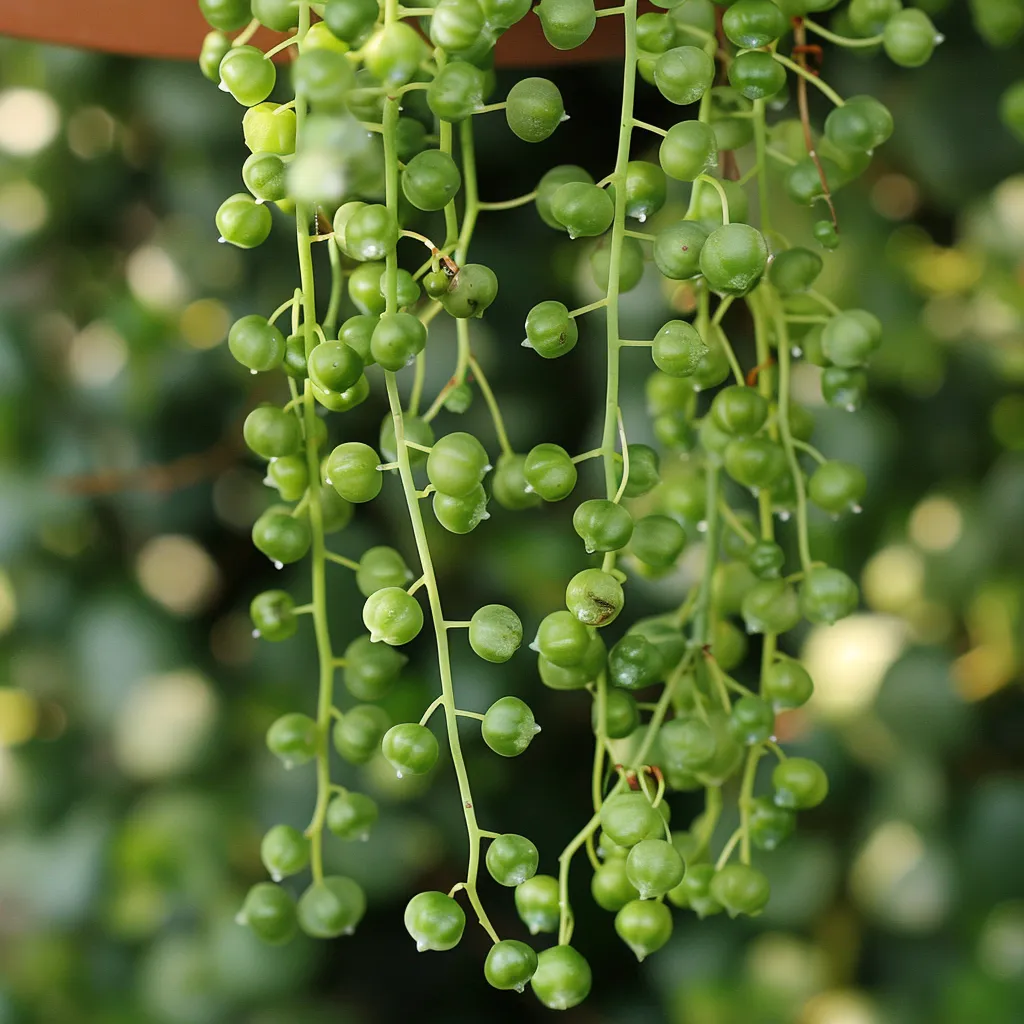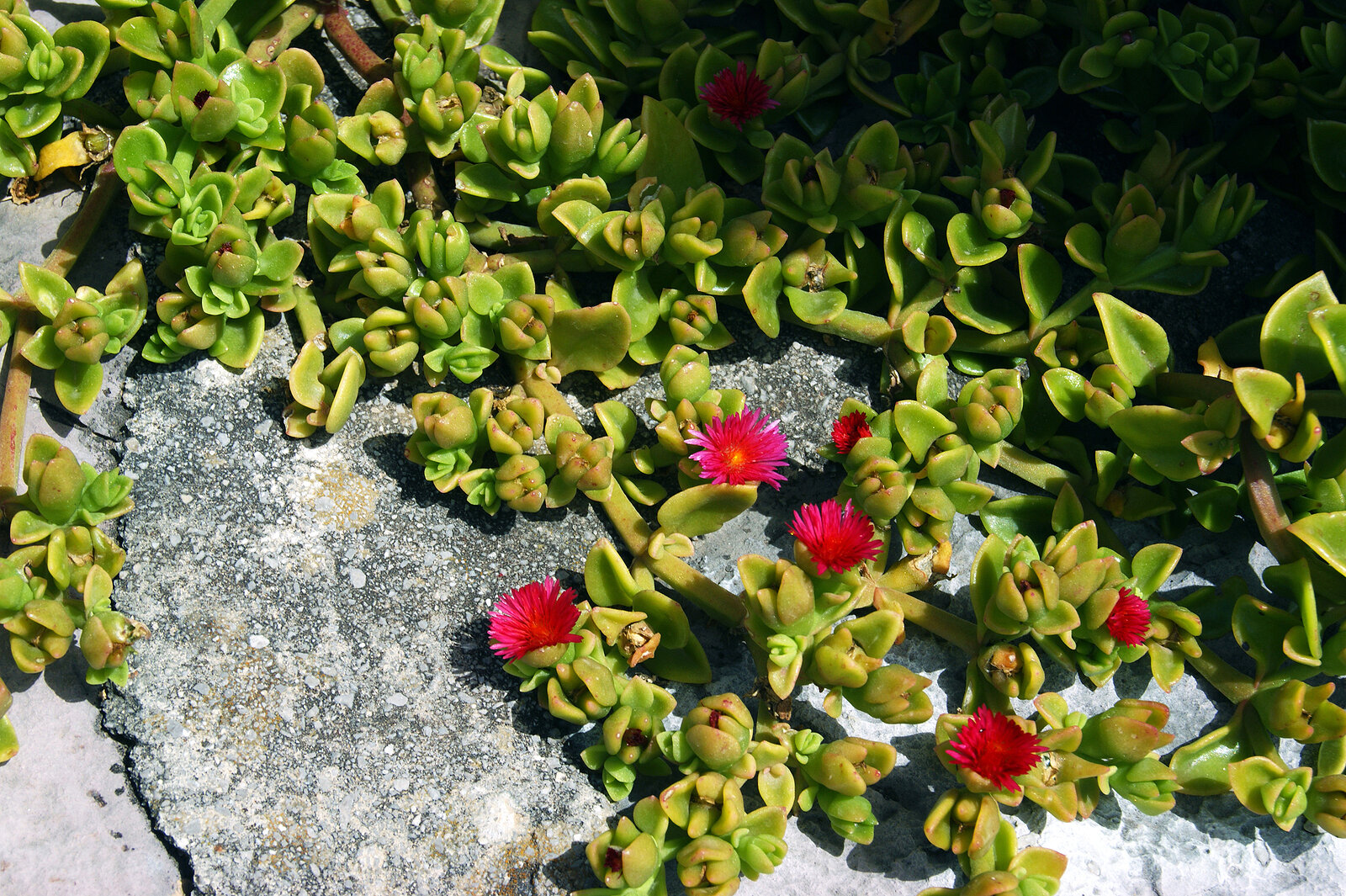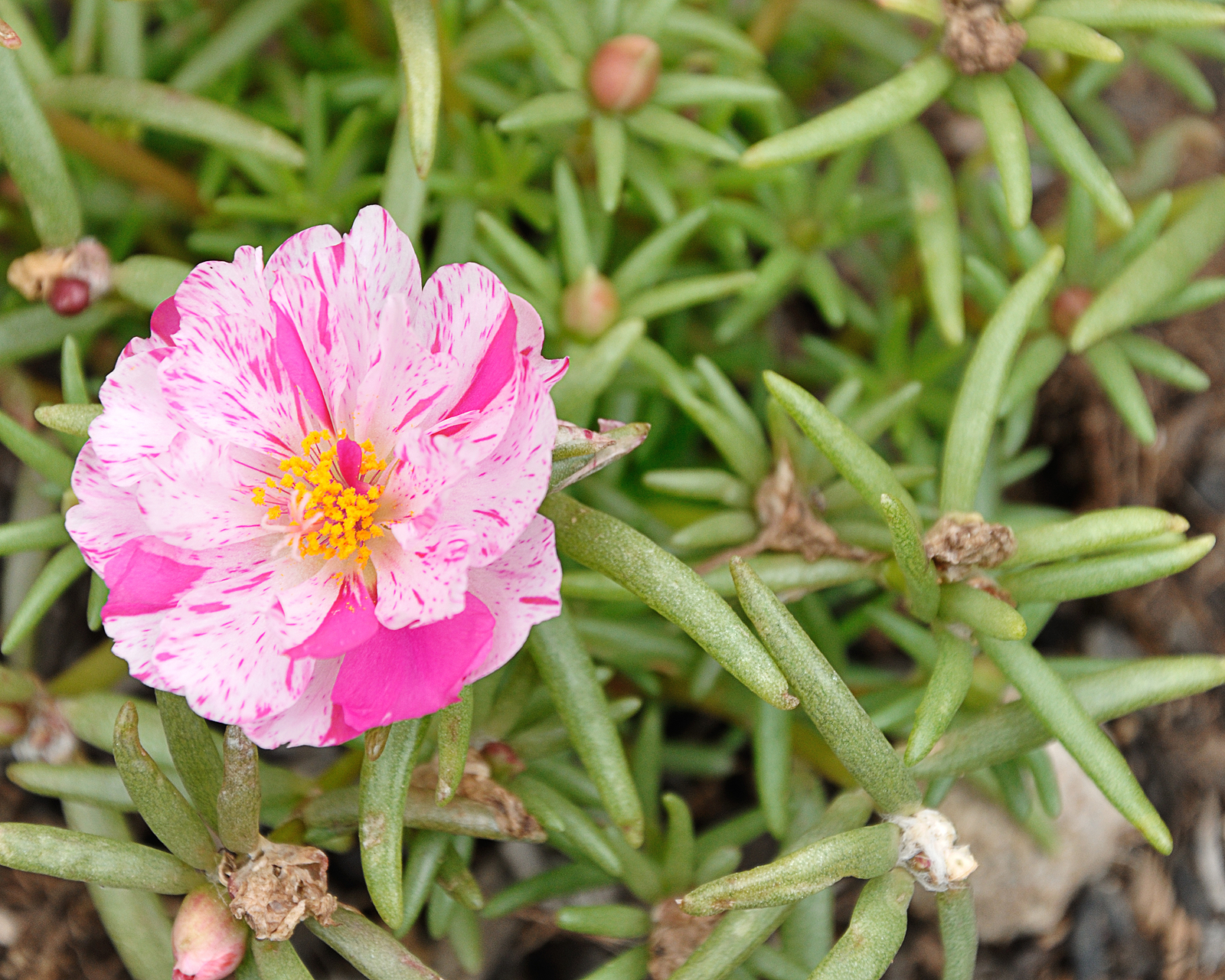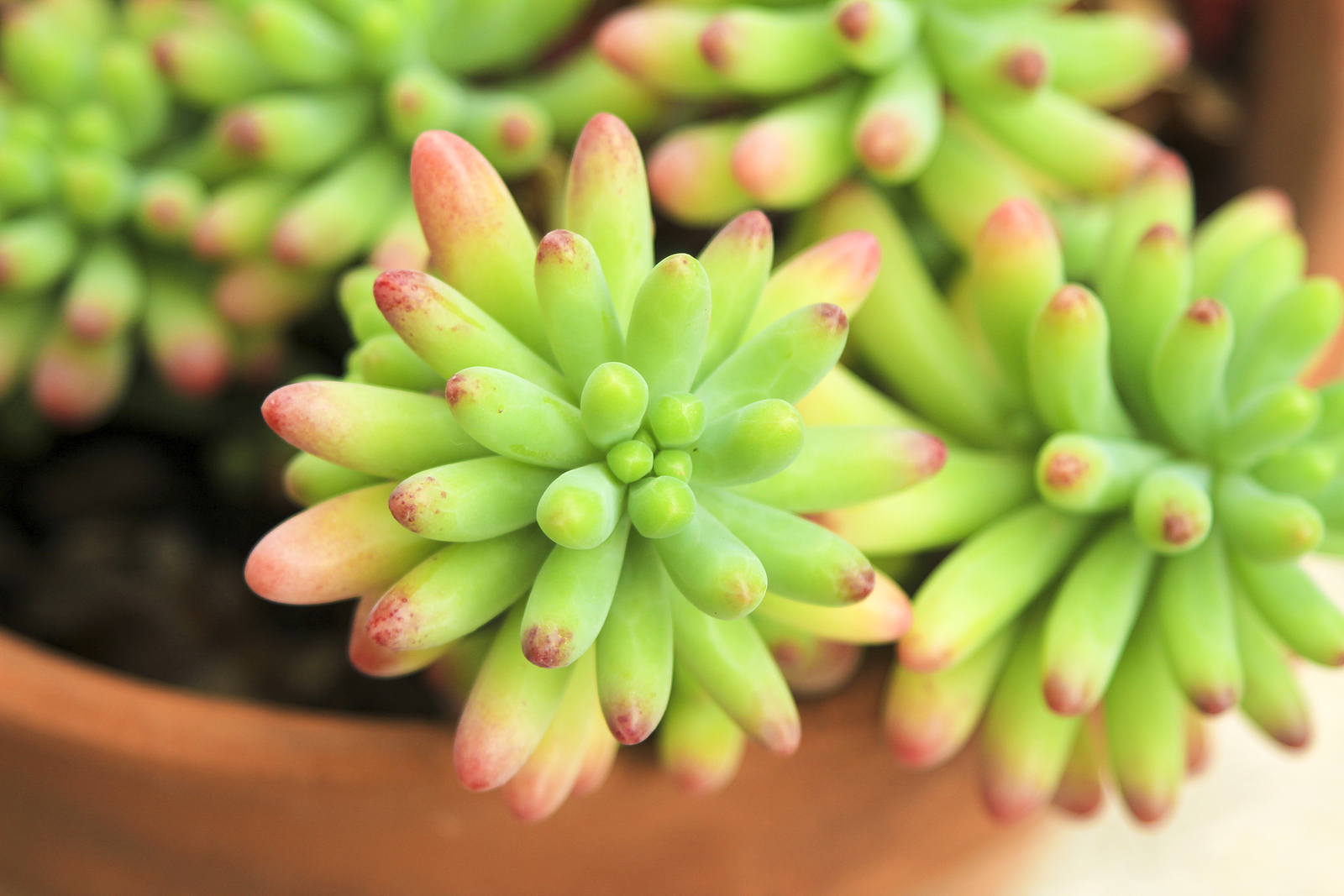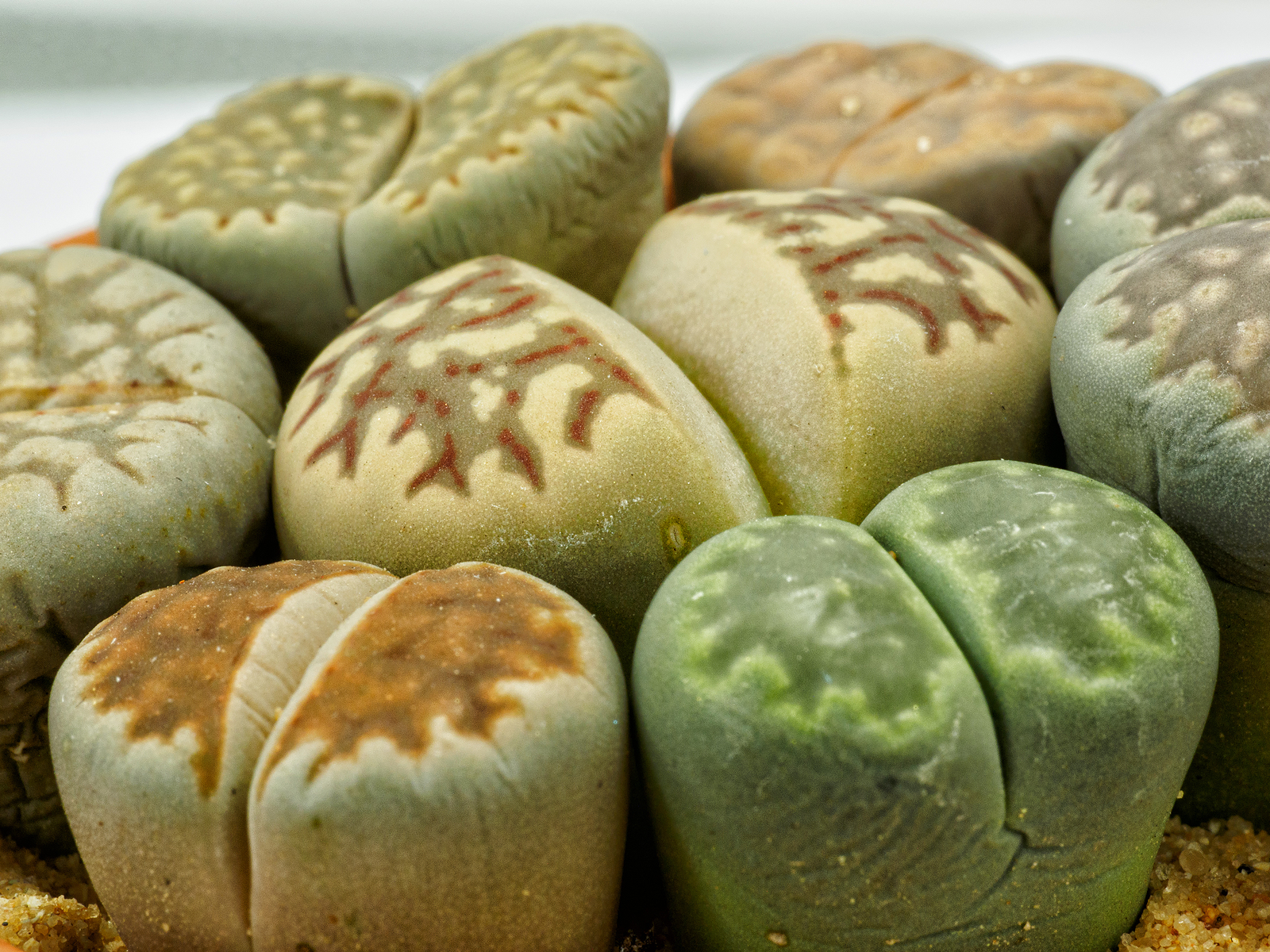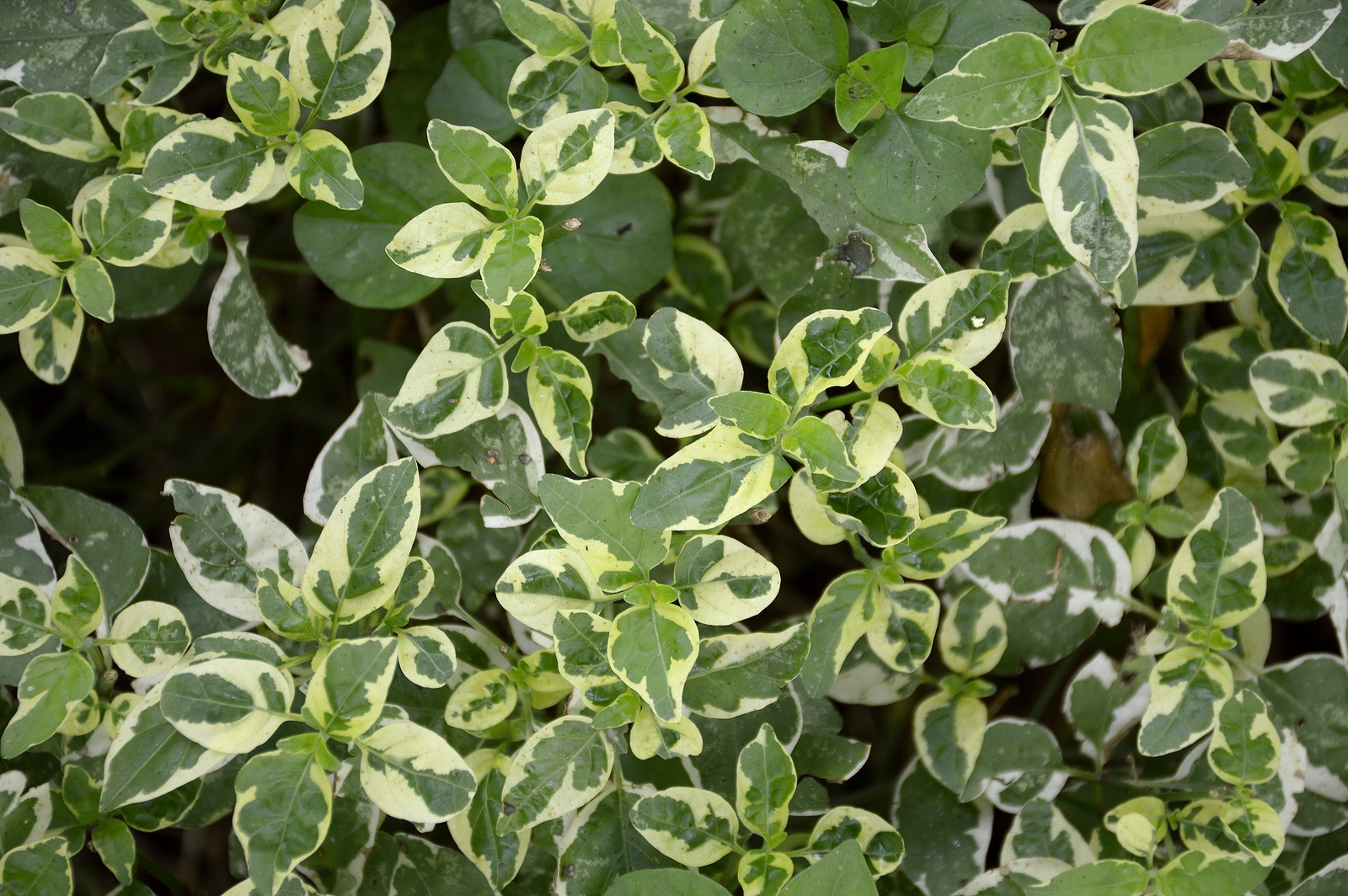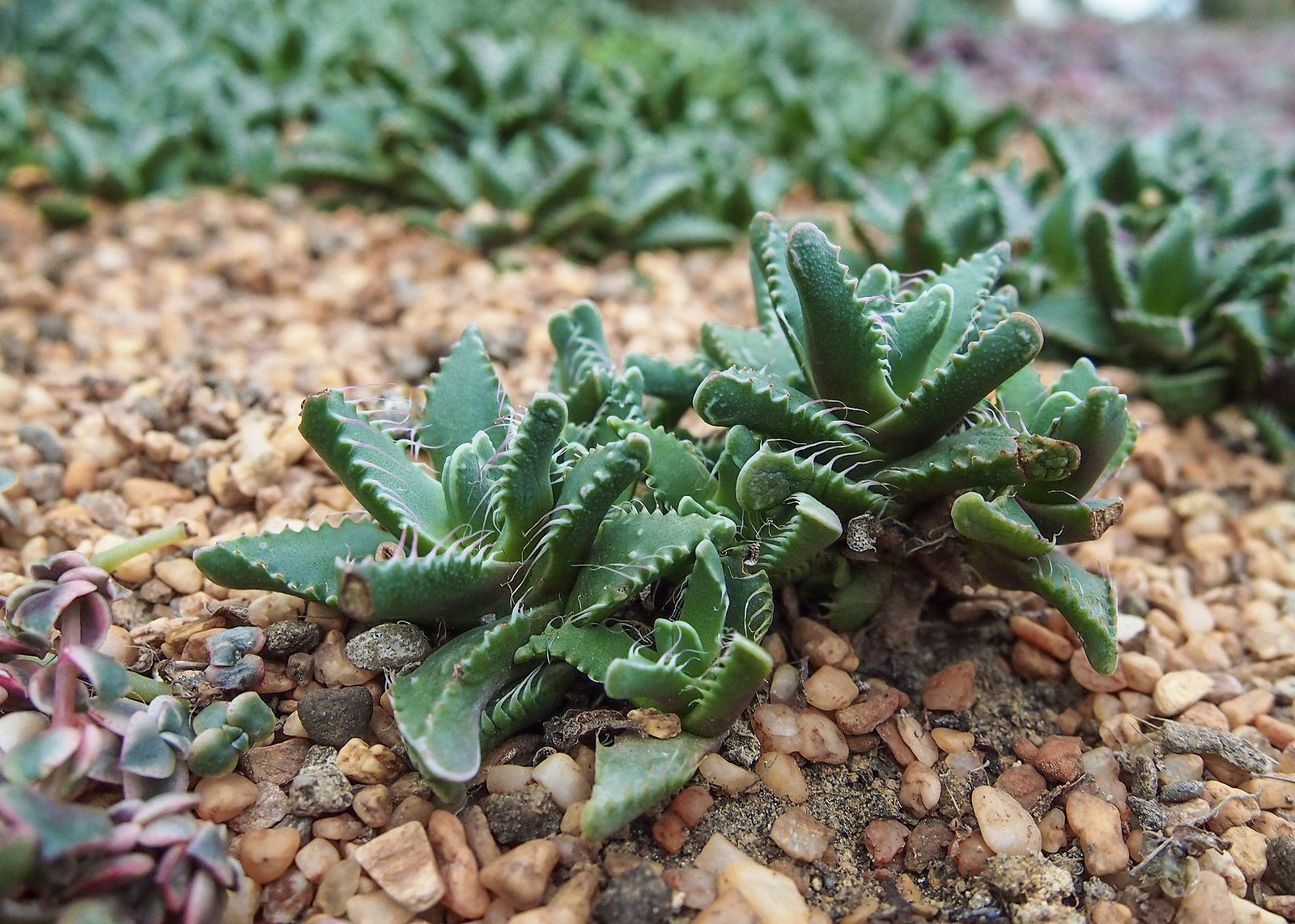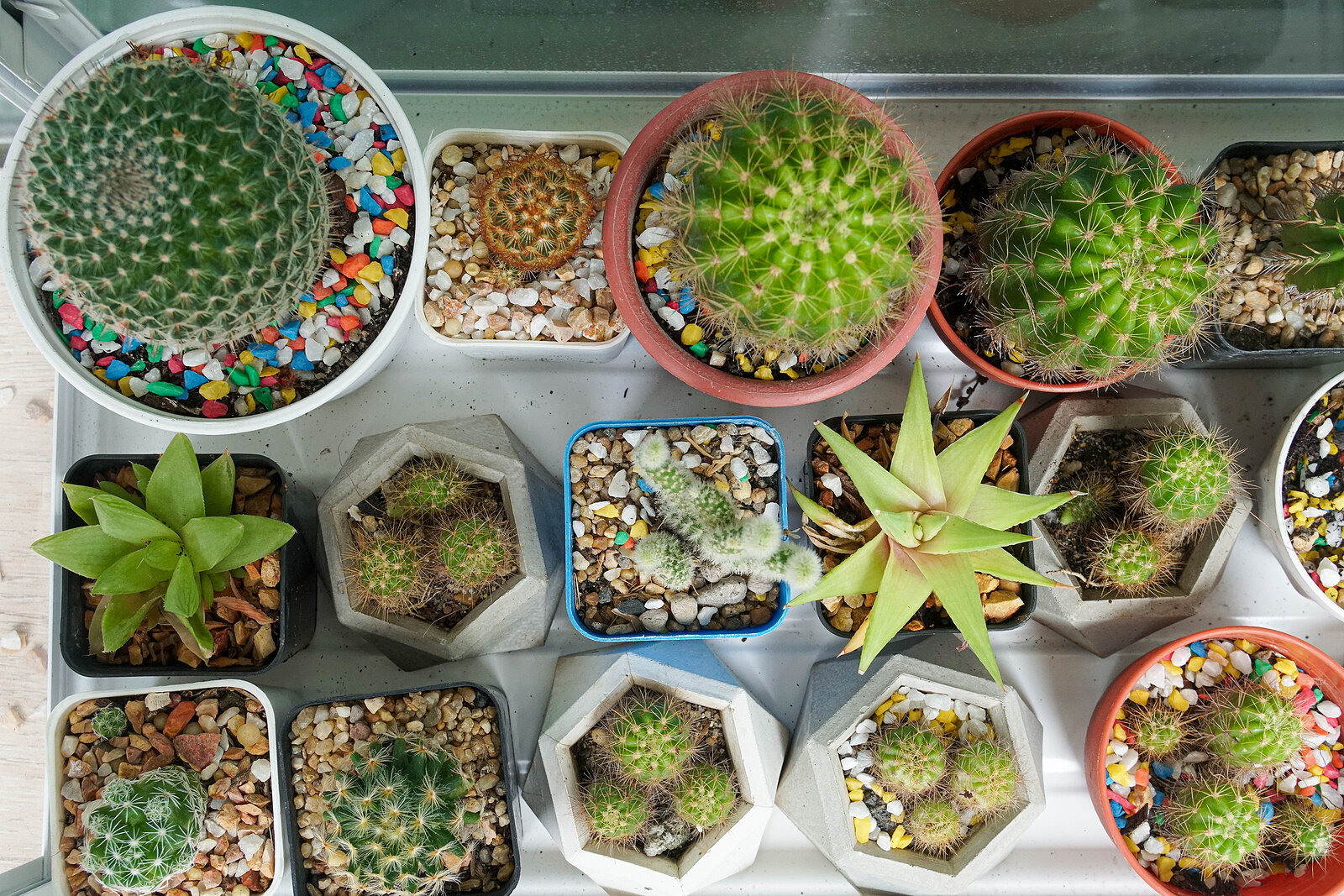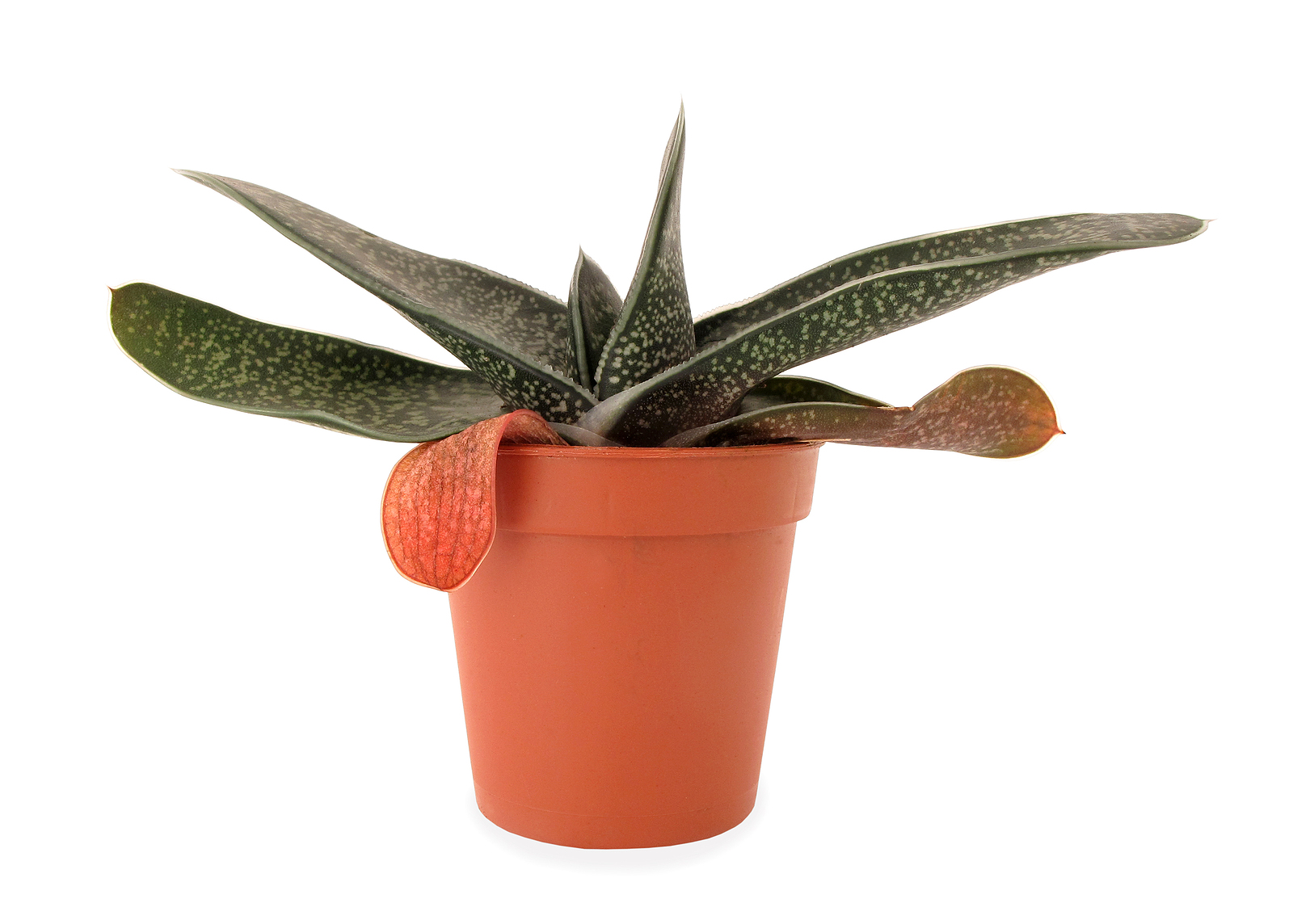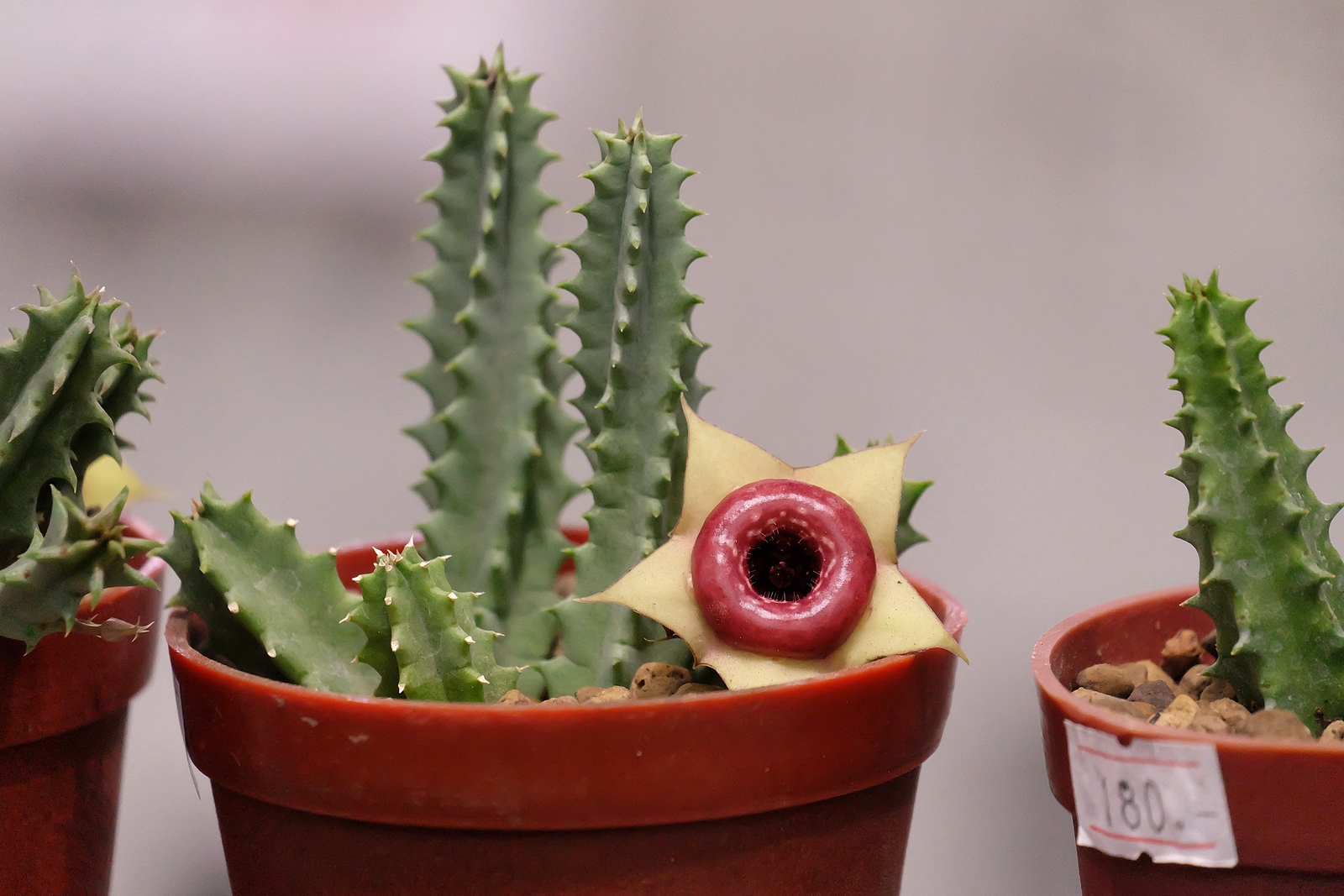Succulents
Latest stories
More stories
-
How to Grow and Care for Aptenia
Aptenia, also known as baby sun rose or heartleaf ice plant, is a low-growing succulent plant that is native to South Africa. It has thick, fleshy green leaves that are heart-shaped and glossy, and produces vibrant pink or purple daisy-like flowers that bloom in abundance during the spring and summer months. Aptenia is a genus […] More
-
in Succulents
How to Grow Mesembryanthemum – Ice Plant
Mesembryanthemum, commonly known as Ice Plant, is a low-growing, succulent plant native to South Africa. It’s admired for its fleshy leaves that often shimmer with a silvery, crystalline sheen, making them appear as if they are covered in ice—hence the common name. Mesembryanthemum is also known for its vibrant, daisy-like flowers that come in various […] More
-
in Succulents
How to Grow Euphorbia Succulents
Euphorbia is a genus of more than 2,000 species; about 200 are succulents. Euphorbia succulents have green bodies, and some have spines. But Euphorbias, even with spines, are not cacti; Euphorbias do not have areoles. (Cacti have areoles; aereoles are modified branches from which spines grow.) Euphorias succulents are generally distinguished by their strong, sculptural […] More
-
in Succulents
How to Grow Sempervivum
Sempervivum is a genus of thick, mat-forming evergreen succulents that bear rosettes of thick, pointed leaves sometimes covered with white hairs and flat, branching terminal panicle-like cymes of star-shaped white yellow, red, or purple flowers borne on upright stems. Sempervivum blooms in summer. The rosettes die after flowering but are replaced by new, offset rosettes […] More
-
in Succulents
How to Grow Sedum
Sedum are mostly low-growing spreading or creeping succulents that grow in clumps or clusters. They are one of the most common succulent species grown. There are about 600 species in the Sedum genus. Sedum have fleshy leaves that may be either cylindrical or flat. Sedum flowers are generally star-shaped and 5-petaled and appear in summer […] More
-
in Succulents
How to Grow Lithops — Living Stones
Lithops–commonly called stoneface or living stones–are dwarf, almost stemless perennial succulents that are easily mistaken for small stones. There are several species of Lithops; at least six are commonly sold in garden centers. Lithops are commonly shaped like an inverted, flattened cone. Each plant consists of a pair of extremely thickened leaves that are fused […] More
-
How to Grow Kalanchoe
Kalanchoe is one of the most popular flowering houseplants. It features light-green, glossy, succulent foliage and masses of miniature brightly colored blooms in shades of orange, pink, red, and yellow that bloom in winter. Give kalanchoe lots of bright light, and keep it on the warm side. It will withstand occasional dryness, but water thoroughly […] More
-
How to Grow Devil’s Backbone — Pedilanthus
Pedilanthus–commonly called devil’s backbone–is an upright shrubby succulent with fleshy green stems that grow either straight or in a zigzag fashion. The leaves are oval and medium green and splashed with yellow or white. Pedilanthus is often referred to as a cactus, but it is a succulent shrub. The stems of Pedilanthus often angle left, […] More
-
in Succulents
How to Grow Tiger’s Jaw – Faucaria
Faucaria–commonly called tiger’s jaws–is a nearly stemless succulent perennial with spotted leaves. The thick, soft leaves have marginal teeth that resemble the open jaws of a tiger. Faucaria grows to just 3 inches tall and forms a star-shaped rosette. Faucaria bears large, daisy-like flowers that can be pink, yellow, or white. Flowers open in the […] More
-
in Cactus, Houseplants, List, Succulents
18 Cactus and Succulents to Grow as Houseplants
Cactus and succulents make excellent house plants. They adapt naturally to dry, warm temperatures (common indoors) and withstand poor care for days, even weeks at a time. They almost always arouse interest with their sculptural form and the variety of leaf sizes, shapes, and arrangements often combined with striking color patterns. Grown in attractive pots, […] More
-
in Succulents
How to Grow Gasteria
Gasteria is a succulent member of the lily family grown for its flowers and foliage. Gasteria has firm, dark green leaves sometimes suffused with red and white tubercles. Gasteria leaves grow opposite in ranks. Gasteria flowers are tubular and usually pendulous. The flowers appear in clusters or in panicles. The flowers are pink or red […] More
-
in Succulents
How to Grow Huernia
Huernia is a genus of dwarf succulents whose freely branches angled stems that are toothed or notched. Plants grow slowly to about 4 inches high in clusters. Huernia bears tubular or cup-shaped to shallowly saucer-shaped , warty, fleshy flowers that are diversely colored–reddish, greenish-yellow, brownish, or purple; flowers are often colored, dotted, or striped. Flowers […] More

